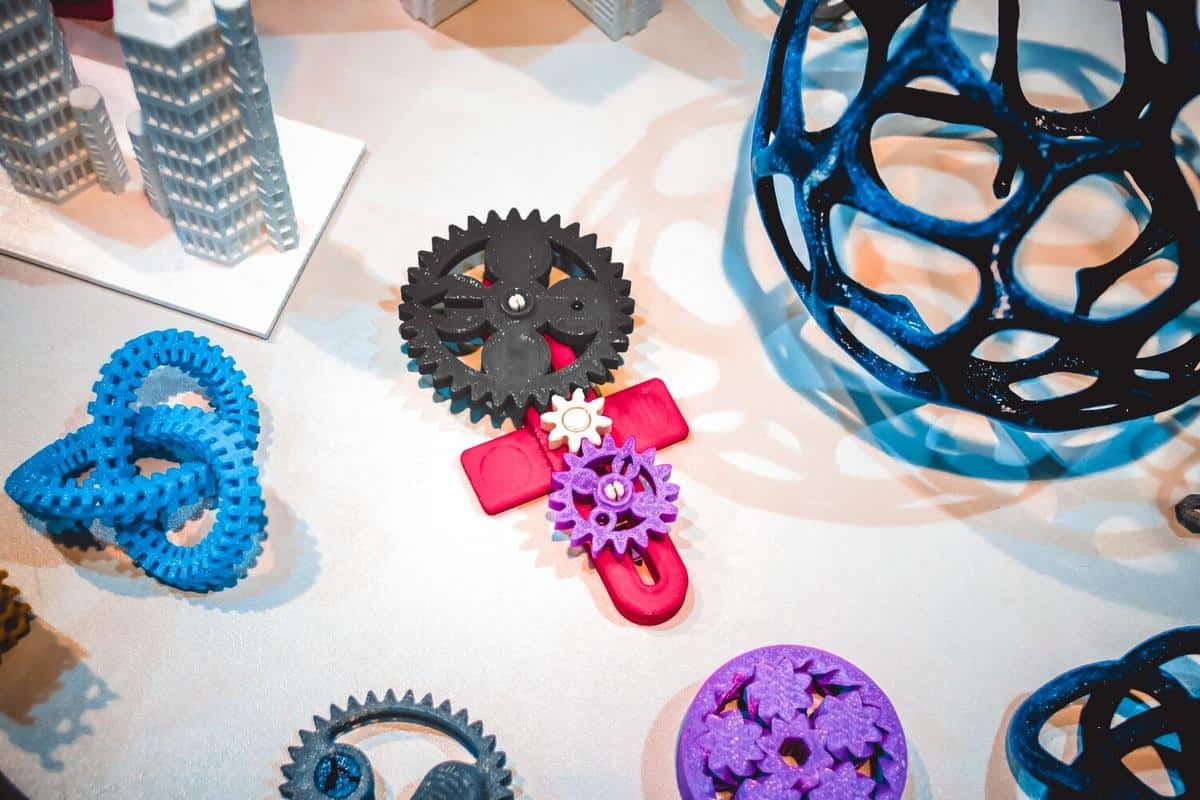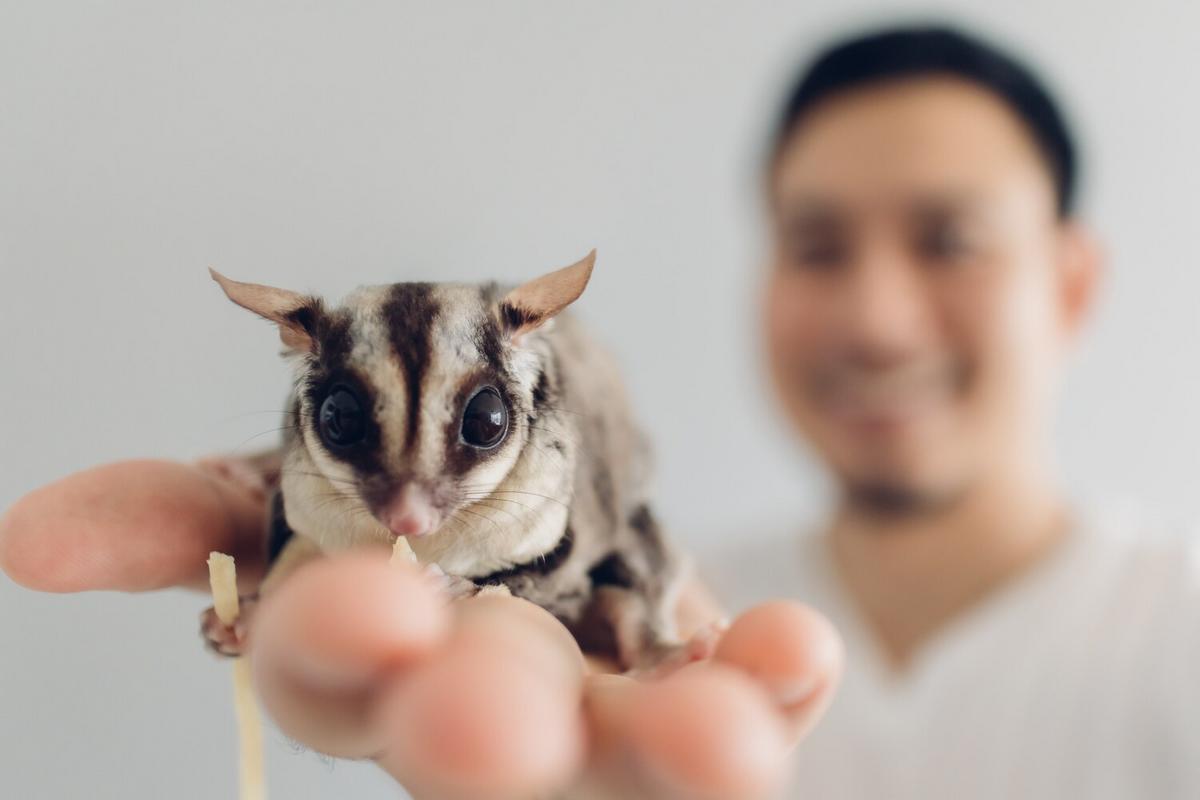
The Role of 3D Printing in Custom Pet Products
3D printing is revolutionizing industries across the globe, and the pet care sector is no exception. As pet owners become more invested in the comfort and individuality of their furry friends, the role of 3D printing in custom pet products has become increasingly significant.
The integration of 3D printing in the creation of pet products offers a unique blend of personalization and precision. This technology allows for the creation of highly customized items such as pet collars, feeders, toys, and even orthopedic aids. According to a report by MarketsandMarkets, the 3D printing market is expected to reach $34.8 billion by 2024, illustrating the growing demand and application of this technology in various fields, including pet care.
How 3D Printing Enhances Pet Products
One of the key advantages of 3D printing is the ability to tailor products to the specific needs and preferences of individual pets. For instance, customized orthopedic supports can be designed to fit the exact measurements of a pet’s limb, offering superior comfort and support compared to standard options. This level of customization is invaluable for pets with unique health requirements.
Expert Insights
Dr. Emily Roberts, a veterinarian specializing in pet rehabilitation, notes, “3D printing has allowed us to create more effective and comfortable solutions for pets with mobility issues. The precision and customization it offers are unmatched by traditional manufacturing methods.”
Innovative Applications
Beyond health-related products, 3D printing is making waves in the realm of pet fashion and accessories. Pet owners can now design custom collars and tags that reflect their pet’s personality, ensuring that their furry friends stand out at the park. Additionally, custom-designed toys can be created to cater to a pet’s specific preferences, ensuring engagement and enrichment.
Actionable Tips for Pet Owners
- Consider your pet’s specific needs and preferences when thinking about custom products.
- Consult with a professional to ensure that health-related products, like orthopedic aids, are appropriate for your pet.
- Explore online platforms that offer 3D printing services for pet products to find the right fit for your needs.
For those new to 3D printing, consider starting with simple items like custom pet tags before moving on to more complex products.
Comparing 3D Printed vs. Traditional Pet Products
| Feature | 3D Printed Products | Traditional Products |
|---|---|---|
| Customization | Highly customizable | Limited options |
| Cost | Varies, often higher for unique items | Usually lower |
| Production Time | Can be quick, but varies | Standardized and faster |
| Durability | Depends on materials used | Generally consistent |
| Availability | Online and specialized shops | Widespread |
| Environmental Impact | Potentially less wasteful | More wasteful |
| Innovation | High potential for creativity | Limited by mass production |
| Material Variety | Wide range available | Standard materials |
FAQs
Can 3D printed products be as durable as traditional ones?
Yes, depending on the materials used, 3D printed products can be just as durable, if not more so, than their traditional counterparts.
Are 3D printed pet products safe?
When using high-quality, pet-safe materials, 3D printed products can be very safe. It’s important to ensure the materials used are non-toxic and suitable for pets.
Conclusion
3D printing is paving the way for innovation in the pet care industry, offering a level of customization and precision that meets the growing demands of pet owners. As this technology continues to evolve, the potential for creating unique, tailored products for our beloved pets is boundless. Whether you’re looking to improve your pet’s health or simply want to spoil them with a personalized accessory, 3D printing offers exciting opportunities to explore.


